Getting your first car is exciting, and maybe a little overwhelming.

You suddenly realise there’s a lot more to driving than just hitting the accelerator and steering. One of the most important parts of keeping you safe on the road? Your tyres. They don’t always get the spotlight, but trust me, they matter more than you think. Here are 10 simple, must-know things about tyres if you want to keep your car in tip-top shape.
1. Tyre pressure isn’t a guess — check it regularly.
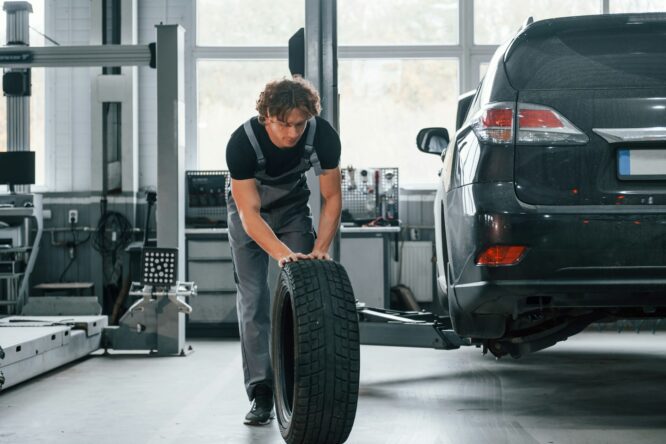
It’s easy to assume your tyres are fine just because they look okay, but tyre pressure can drop without you noticing. Driving on underinflated tyres can mess with your fuel economy, make steering harder, and even put you at risk for a blowout. Check your tyre pressure at least once a month and before long trips. You’ll usually find the correct pressure listed on a sticker inside the driver’s door or in your manual, and it’s way easier to check than you think with a cheap tyre gauge.
2. Tread depth matters more than you realise.
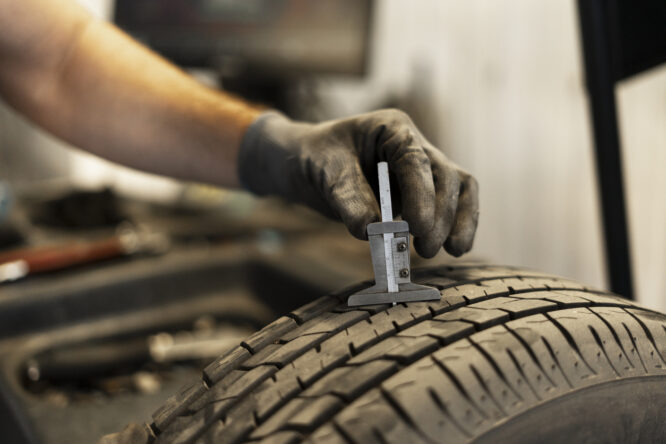
Your tyre tread is what grips the road, especially in rain or snow. If it’s too worn down, you’re basically skating around with very little control. The legal minimum tread depth in most places is about 1.6 mm, but honestly, you want more than that for good safety. A quick trick? Stick a 20p coin into the tread. If you can see the outer rim of the coin, it’s time to start thinking about replacing those tyres. It’s simple, quick, and way better than learning the hard way.
3. Tyres aren’t all the same, and cheaper isn’t always better.
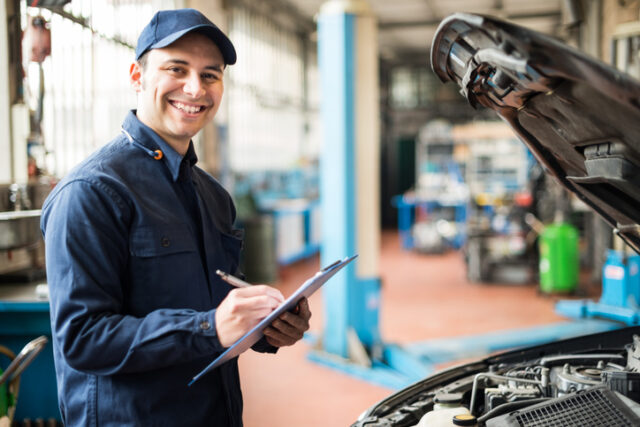
When you need new tyres, it’s tempting to grab the cheapest ones and call it a day. However, not all tyres are made equally. Some offer better grip, quieter rides, or longer wear — and some perform much better in rain or winter conditions. Ask for advice based on your car, your driving habits, and your local weather. A slightly better tyre can make a big difference in how safe and comfortable your drive feels — and save you money in the long run.
4. Keep an eye out for uneven wear.
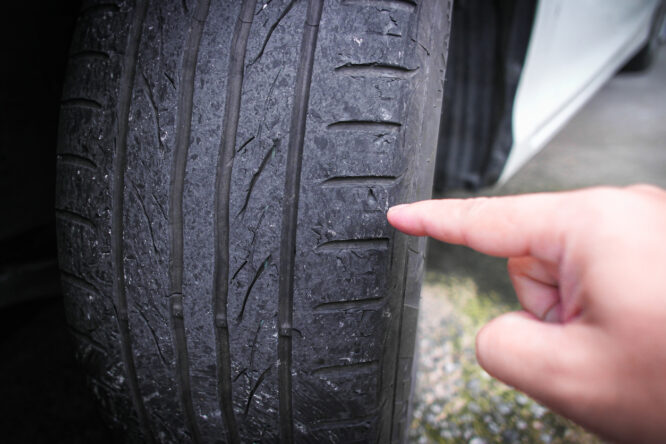
If one part of your tyre is wearing down faster than the rest, it’s a red flag. Uneven wear can mean your wheels are out of alignment, your tyre pressure’s wrong, or there’s a bigger issue with suspension or steering. Catching it early can save you from bigger repair bills later. Plus, it helps you get the full life out of your tyres instead of having to replace them way sooner than you should have to.
5. Rotating your tyres is actually a thing, and it matters.
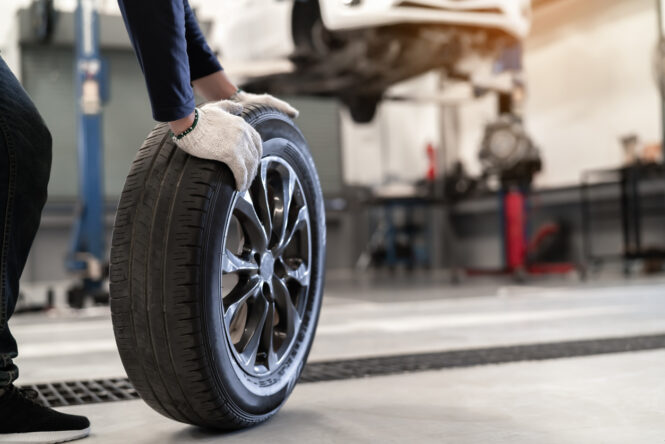
Rotating your tyres (switching them from front to back and sometimes side to side) helps them wear more evenly. It might sound like an extra chore, but it extends the life of your tyres and keeps your ride smoother. Most garages can do it during a regular service, and many suggest getting it done every 6,000 to 8,000 miles. Think of it like getting a haircut—just routine maintenance that keeps everything looking (and working) better.
6. Pay attention to tyre warning lights.
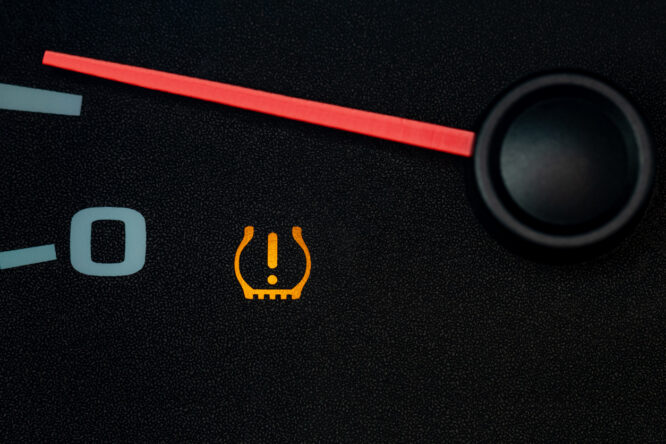
Most newer cars have a tyre pressure monitoring system (TPMS) that will alert you if a tyre’s losing air. If you see that little horseshoe-looking light pop up on your dashboard, don’t ignore it! It could be something simple like a temperature change affecting your pressure, or it could be a slow leak. Either way, it’s worth checking out sooner rather than later. Tyre issues rarely fix themselves.
7. Spare tyres aren’t what they used to be.
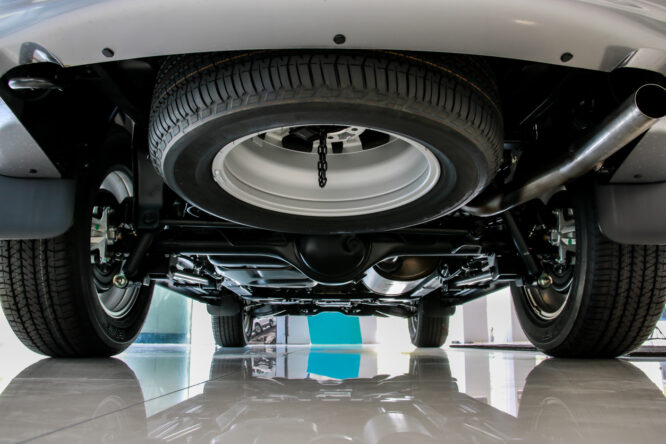
Some modern cars don’t even come with a full-size spare anymore, just a compact “space saver” tyre or even just a tyre repair kit. These are fine in a pinch, but not meant for long-term driving. If you get a flat and have to use a spare, drive slowly and head straight to a tyre shop to get a proper replacement. And if you have a tyre kit instead, it’s a good idea to actually read the instructions before you find yourself panicking on the side of the road.
8. Weather conditions mean your tyres need attention too.
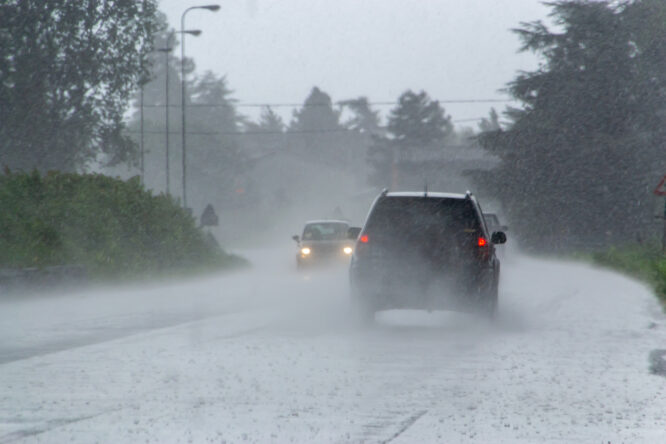
If you live somewhere with harsh winters or super hot summers, your tyres need a little extra care. Cold weather can lower your tyre pressure, and extreme heat can wear tyres out faster than normal. Some people even switch to winter tyres for better traction in snow and ice. Even if you stick with all-seasons, keep an eye on them—weather can wear down even good tyres quicker than you’d expect.
9. Knowing how to spot damage can save you.
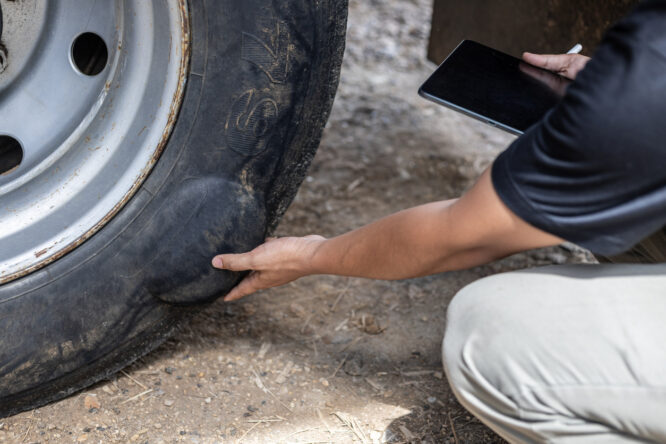
Tyres take more of a beating than you realise—potholes, curbs, debris. It’s smart to give them a quick once-over every now and then. Look for cracks, bulges, or anything stuck in the tread that doesn’t belong. If you notice a bubble on the sidewall or deep cuts, get it checked out straight away. Damaged tyres can fail without much warning, and that’s not the kind of surprise you want at 70mph on the motorway.
10. Tyres have an expiration date, even if they look fine.
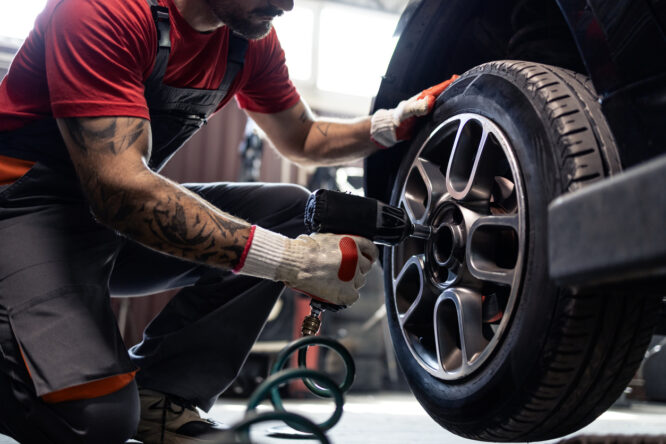
Even if your tyres have plenty of tread left, they still degrade over time. Rubber hardens and cracks with age, especially if your car sits unused for long periods. A general rule of thumb is to replace tyres every six to ten years, even if they look okay at a glance. You can usually find the manufacturing date on the sidewall—a little four-digit code that tells you the week and year they were made. It’s a tiny detail, but an important one for staying safe out there.




